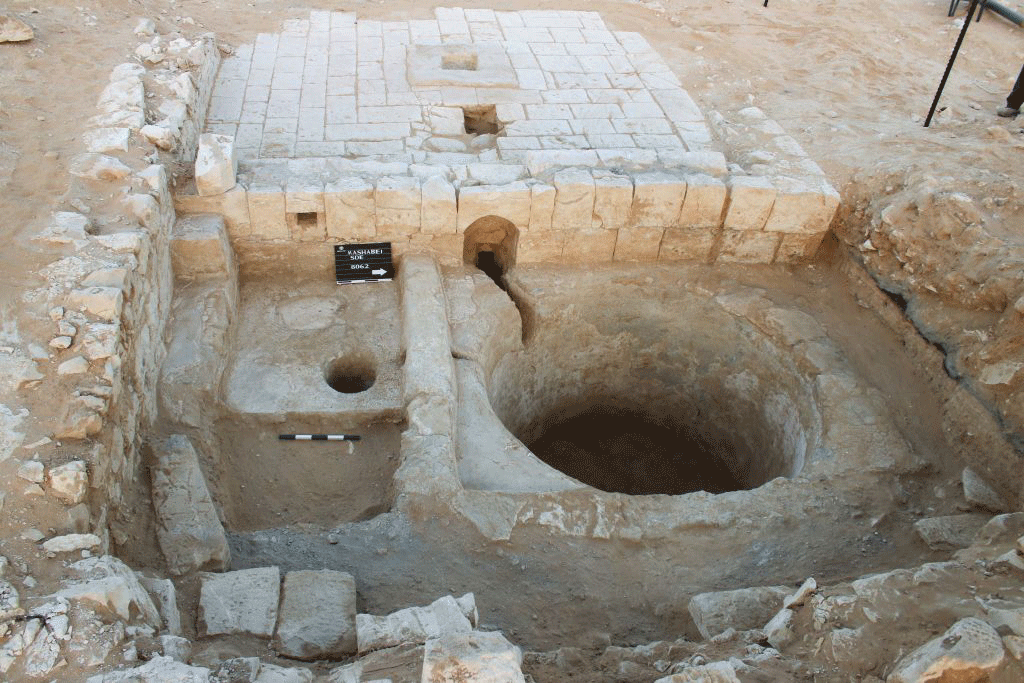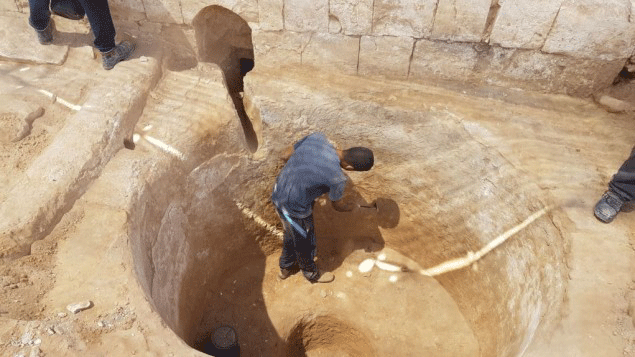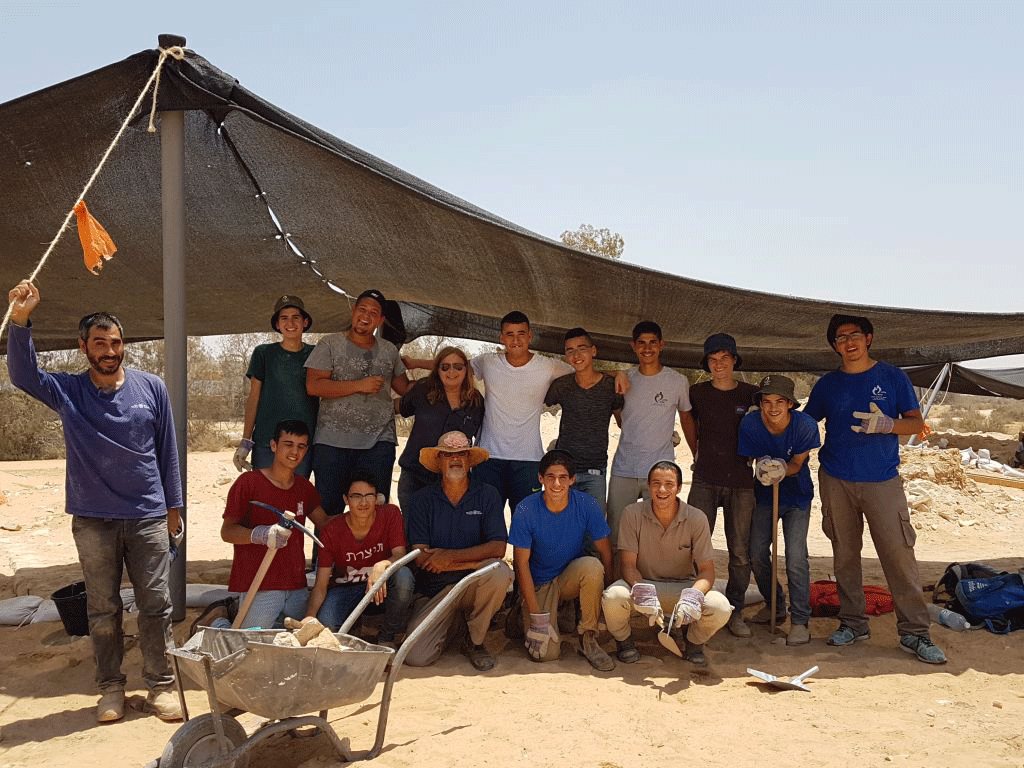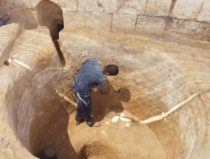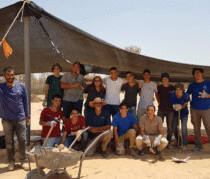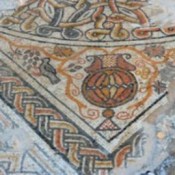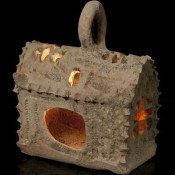Archaeologists in Israel have discovered a 1,600-year-old wine press within a 4th century Byzantine structure. The discovery proves that agriculture in arid areas was a common practice centuries ago.
The discovery was made at excavations at the Ramat Negev region, where a team of Israel Antiquities Authority were exploring a site with a large Byzantine-era structure. The region is on the ancient incense trade route and according to IAA excavation director Dr Tali Gini it is known for the agriculture of grapes for wine which was exported to the far reaches of the Byzantine empire.
The building measures about 40 metres by 40 metres and it is made of chiseled stone. This material indicates that it could have served as winepress for an army unit. The pit is 2.5 metres wide and 2 metres deep, probably producing 6,500 litres of raw wine.
Also, the wine press is the second discovered in the region, with only one other wine press inside an enclosed structure in Avdat. They are both on the incense trade route. According to Gini, the wine press stopped being used in the middle of the 6th century CE when a plague led to less need for wine. And at the end of the Byzantine period the area was no longer inhabited or used.
Archaeologist of the southern Negev region Yoram Chaimi said that he will recommend to the regional council that the site be more thoroughly excavated, preserved and opened to the public.
The tradition of desert winemaking has revived today and the regional council has established a wine route tour comprising 23 agricultural farms. The dig was initially conducted by the IAA team and later on continued by a team of youth from a Yerucham yeshiva, in an effort to connect the young men with the country’s physical history.
